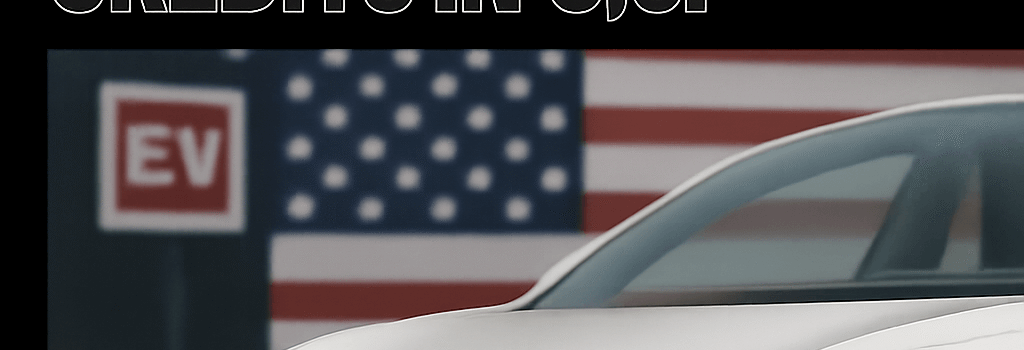Republicans Target Tesla’s EV Tax Credits in U.S.

Background: The IRS Clean Vehicle Credit Under Fire
The U.S. Senate GOP recently proposed an accelerated phase-out of the IRS Clean Vehicle Tax Credit, which offers up to $7,500 off qualifying electric vehicles. Originally set to expire at year-end under the House bill, the new Senate amendments would end the credit by September 30, 2025. This move comes amid ongoing budget negotiations and rising partisan tensions over federal subsidies for the auto industry.
Political Dynamics and Stakeholder Positions
Following a brief détente with President Trump in June, Tesla CEO Elon Musk reignited his criticism of the budget plan on his social platform, asserting the legislation is riddled with wasteful spending. Musk hinted at forming a third political party if the bill passes without revisions, coining it the “PORKY PIG PARTY.” Meanwhile, former President Donald Trump responded on his platform, arguing that without subsidies, Tesla would revert to a South African startup.
Implications for Tesla’s U.S. Operations
Tesla currently delivers over 250,000 vehicles per quarter in the U.S., with models like the Model 3 Long Range and Model Y Standard Range priced just below thresholds to maximize the credit. Eliminating the subsidy could increase sticker prices by up to 7%, affecting demand elasticity. Internal cost breakdowns indicate Tesla’s battery modules (NCA and LFP chemistries) account for approximately 30% of vehicle cost, with the tax credit effectively subsidizing half of that margin.
Impact on EV Adoption Rates
- Price Sensitivity: Studies from MIT and UC Davis suggest a 5–10% price hike could lower EV adoption by 15–20% in the U.S. market over the next 12 months.
- Charging Infrastructure: Reduced demand may slow private investment in Level 2 and Level 3 charging networks, potentially leaving underutilized capacity.
- Grid Strain and Vehicle-to-Grid: Lower adoption rates could impact projected benefits from vehicle-to-grid (V2G) programs, where connected EVs support grid stability during peak hours.
Battery Technology and Supply Chain Concerns
- Raw Materials: Higher unit costs may squeeze margins for lithium, cobalt, and nickel suppliers, prompting renegotiations of long-term contracts with Tesla’s Gigafactories.
- Second-Life Applications: Tesla’s plans for repurposing end-of-life batteries in stationary storage (e.g., Powerwall and Megapack) could face reduced economies of scale.
- Manufacturing Footprint: Potential revenue shortfalls might delay expansions at Giga Texas and Giga Nevada, which are slated to add 500,000 batteries annually.
Expert Analysis
“Removing the EV tax credit mid-year creates tremendous uncertainty for automakers and suppliers,” says Dr. Elena Rodriguez, an energy policy researcher at the Brookings Institution. “Long-term infrastructure planning and capital allocation will be severely disrupted.”
Automotive industry analyst Mark Li at JP Morgan adds, “Tesla’s average selling price in the U.S. could climb by up to $3,200 post-credit, which risks shifting buyers back to sub-$30,000 ICE vehicles.”
Next Steps and Industry Reaction
Legislative aides expect intense lobbying from the Electric Drive Transportation Association and major automakers like GM and Ford to preserve at least a scaled-down credit. Senate floor debates are scheduled for early July, with amendments likely extending the phase-out into 2026. Tesla’s political action committee has already earmarked $50 million for advocacy, signaling a protracted battle ahead.
Conclusion
The accelerated removal of the EV tax credit represents a high-stakes gamble that could reshape the U.S. EV market. With Tesla’s production, battery tech, and downstream energy products on the line, the outcome of this budget fight will reverberate across the broader clean technology sector.